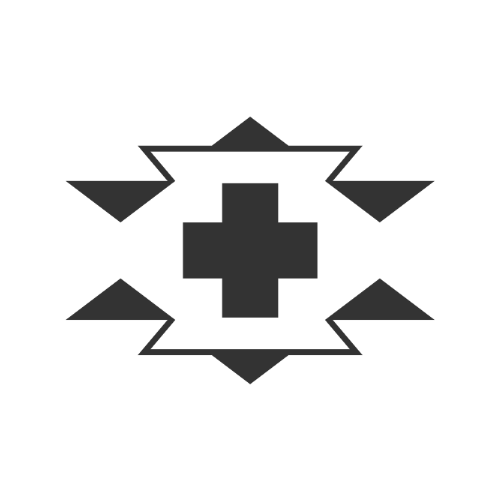
Course Equipment for Wilderness Medicine Courses
This page is designed to guide instructors and organizations in acquiring and managing course equipment needed for teaching wilderness medicine courses. The equipment and process provided here is designed for WFA level courses with the option of adding a few other items to facilitate WFR courses.
The process suggested below is a suggestion. Ultimately each instructor and organization is responsible for acquiring and managing course equipment in whichever manner that works best.
Response Kits for WFA & WFR Courses
Equipment Needed to Build Response Kits for WFA and WFR
First you will need a backpack, large tote bag, or some other bag large enough for students to easily carry equipment to and from their scenarios. Each kit will need to contain the following:
Tarp 5'x7' - big enough to fully wrap around patients
Blanket/Sleeping Bag/Down Quilt - If you are teaching in a hot climate, a simple fleece throw blanket is enough to act as insulation for hypowraps. If you are teaching in variable/colder temperatures, you should consider down quilts or sleeping bags. Sleeping bags bulky. If you need to be space conscious or paln to travel with this equipment (like if you were contracted by Base Med to teach) then we suggest down quilts.
Sleeping Pad -To save space for travel, you can consider foam sleeping pads in half as long as you explain to students to full length pads are ideal and the pads are halfed only for course purposes.
Mylar Blanket - These foil blankets are cheap enough regularly replace but they often shred easily, are noisy, and can negatively impact the environment you are teaching in. You may want to consider replacing the foil blanket with silver material from the fabric store. Again, explain to students that this substitute is only for courses purposes and have foil blankets available an as option.
Laminated Patient Care Reports - This saves you from having to reprint PCRs for each course. You may want to include a fine tip dry erase marker.
Inventory Tag - Attach this to response kits so student can restock
Small Bag - to contain the equipment below
Gauze Roll X2
Tape
Large Syringe - for airway suctioning
Tourniquet - optional at WFA level, required at WFR level
Blood Pressure Cuff - optional at WFA level, required at WFR level
Stethoscope - optional at WFA level, required at WFR level
WFA/WFR General Course Equipment
Response kits are designed to provide students with the gear they will need to adequately care for patients during their scenarios and skill labs. Base Medical also considered space, cost, and environmental sustainability. Students are responsible to maintaining their kits. An extra supply of consumables like gauze rolls, triangle bandages, etc should be available for students to freely restock such items as needed. You should have half as many response kits as students. So for a class of 10 students, you will need 5 response kits. Ten kits for twenty students.
At the end of the course, have students fully restock response kits and turn them in. These kits are ready for the next course and reduces the amount of time you will have to spend sorting and reorganizing equipment between courses. Yeah for less stress!
Here are a few other items you will want to have available during your course. If you want to include wound care into your WFA course, see the wound care kit suggestion below.
Medical exam gloves
Face masks - for students to have as an option when working closely together or when indoors
Hand sanitizer bottle
Small, portable white board
Dry erase markers
Extra pens for students
Additional WFR Equipment
Wound Care Kit
Wound care is a mandatory topic for WFR and optional for WFA. The following is a list of suggested items for teaching wound care. This wound care kit allows you to facilitate a wound care skills lab in which students will clean, close, dress, and protect a basic laceration:
Shears (already in response kits)
Self adhesive wrap
Airway Bag and Advanced Vital Signs
A review and hands-on practice of airway adjuncts, BVM, and oxygen delivery are mandatory topics for a WFR course. It is not the expectation that WFR students achieve mastery in this topics. Rather, the goal is familiarity and being prepared to assist an EMT or Paramedic in the field during a rescue when resources and personnel are limited:
Oxygen Tank - not filled
Nasal Cannula
Oxy Mask
Non-rebreather mask
Glucometer
Mini CPR Mannikin - A full size mannikin is ideal, very useful for scenarios.
Other WFR Course Equipment
Here are a few other items you need to have available during your WFR course:
SKED - Optional but strongly recommended for teaching SAR teams and must know how to use this device
Litter Basket - Optional but strongly recommended for teaching SAR teams and must know how to use this device
Vacuum Mattress - Optional but strongly recommended for teaching SAR teams and must know how to use this device
Reach out to trainingdirector@base-medical.com for questions about equipment. Thank you!



